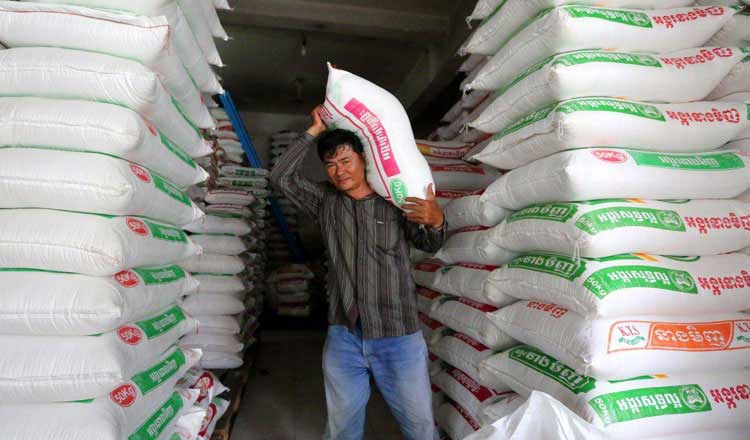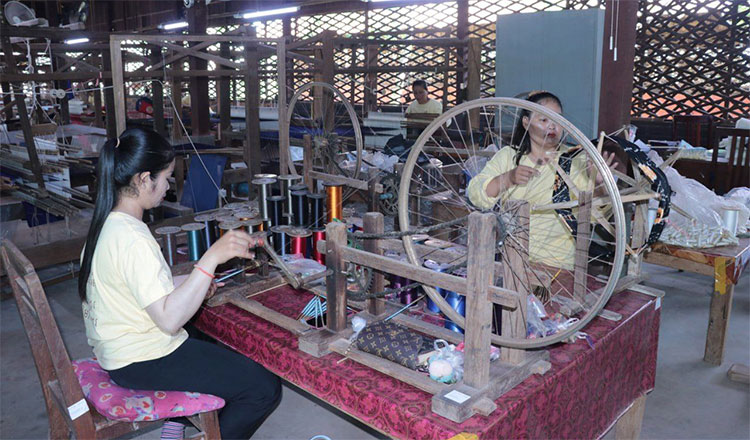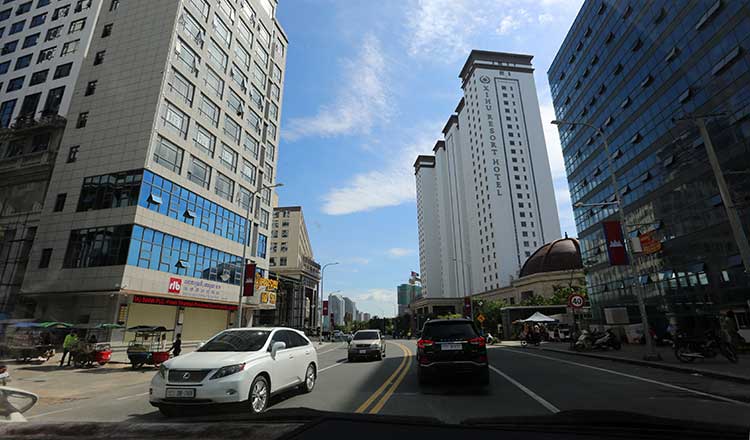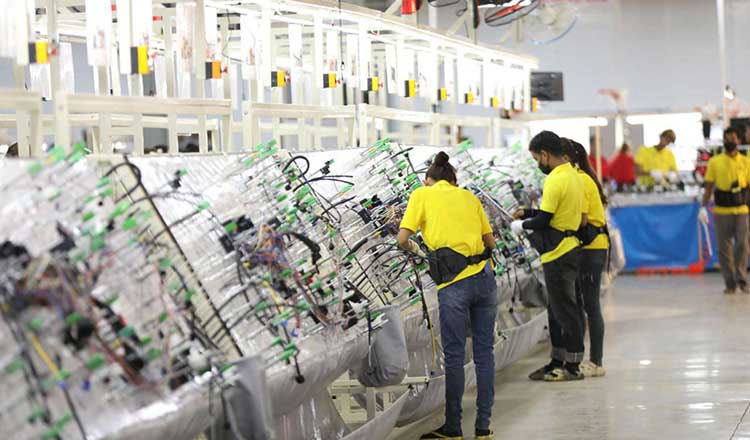Pork, duck eggs, morning glory more expensive in Cambodia
Pork, duck eggs, morning glory more expensive in Cambodia
Pork, chicken meat, duck eggs, soybean and morning glory have become more expensive in Cambodia, while mangoes, sweet potatoes, spinach and kale have become cheaper, as per data from the World Food Programme (WFP) in its ‘Market & Seasonal Monitoring Update’ May 2024 report.
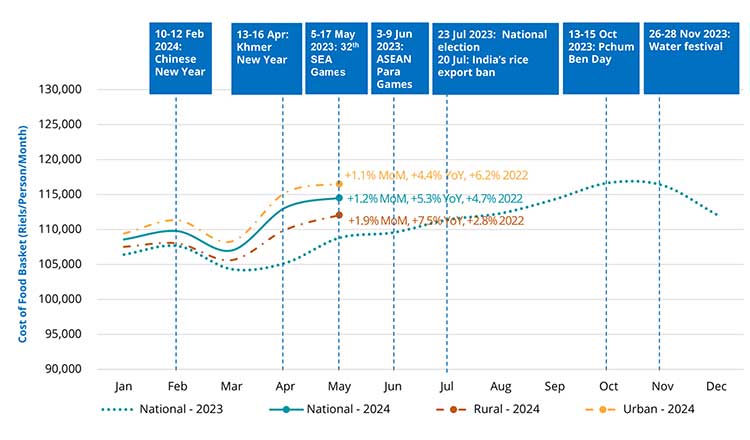
Mixed rice saw a 24.5 percent increase in price this May, compared to the same month last year. Meat such as chicken, pork with fat, pork ribs, pork legs saw a 12-16 percent increase this May compared to three months earlier in 2024.
Duck egg, morning glory and soybean saw a price rise of 6-7 percent. The most steep increases were seen in the cost of vegetables like Chinese spinach, Pak Choi, cabbage, pumpkin, bottle gourd, eggplants, tomatoes, papaya, cauliflower – prices rose as high as 30-80 percent. Mushrooms, bean sprouts, okra, corn, cucumber, bamboo shoot and radish also saw an increase of 25-40 percent within a three-month period, said the report.
“The prices of most agricultural products decrease or increase based on three factors: seasonal production, production cost (fuel cost), and international market prices. So higher fuel prices will increase our production costs. Food prices will be increased too,” said Dr Chey Tech, Social and Economic Development Expert to Khmer Times, adding, “If there are many such factors playing in, it is possible inflation could increase. But one must also note inflation in Cambodia is lower than other countries in the region.”
Essentials for cooking such as tamarind, garlic also saw price rice of between 10-12 percent. Over a longer time frame, compared to the same period last year, Chinese kale, sweet potatoes, green papaya and Chinese spinach were 13-17 percent cheaper. Beef with fat was 17 percent cheaper than last May and vegetable oil 6 percent cheaper, said the report.
Among commodities that might get more expensive in future is rice, as per the report. Global rice prices are projected to further increase in 2024, by 6 percent, following a 28 percent price spike in 2023. “These rising prices, driven by increased demand and reduced supply, are raising concerns about global food security, especially given that rice is a staple food for over 3 billion people,” said the report.
In this context, Cambodia might be well placed as it is expected to generate a record rice surplus in the 2024-25 season. The country’s domestic rice production surplus is set to hit a record 2.84 million tonnes.
Given mixed rice saw a 24.5 percent increase in price this May, compared to the same month last year it may be difficult to predict where rice prices are headed near-term. Industry participants say this is because it’s not only Cambodia that has a say in the regional rice pricing. “It is difficult to say if rice prices will be up or down in the next few months. Many a time, external buyers can set the paddy price as they have more purchasing power than us locals,” said Ros Sopharith, CEO, Kampong Thom Rice Mill to Khmer Times.
On the positive, economist Chey Tech said, “Annually we export more than $1 billion in milled rice and paddy rice exports to international markets and neighbouring countries, so a rice surplus would be beneficial.”
The WFP report – made up of a basic food basket (BFB) of key commodities including mixed rice, snakehead fish, pork, duck egg, vegetable oil, sweet potato and morning glory – and calculate what it would cost for a person to get their daily minimum nourishment for a day (1,937 calories).
And it found that in May for a basic-food-basket, Cambodians were paying 3.4 percent less compared to the same period last year. Month-on-month, however, there was a more shallow increase of 1.1 percent.
“The increase in cereal and dairy product prices offset the decline vegetable oil and sugar prices, while meat prices remained stable,” said the report.
There has also been the spillover effect of higher fuel prices because of the Ukraine-Russian war, affecting food prices in Cambodia as transportation of agricultural products would go up.
The report also said that food items were slightly more expensive in urban areas, when compared to rural locations. Food items were $30 more expensive in certain areas like the Pha Oav market, Kampong Cham province, while $24 cheaper in places like Suong market and Tboung Khmoum province. The month also saw slightly higher than normal rainfall.





